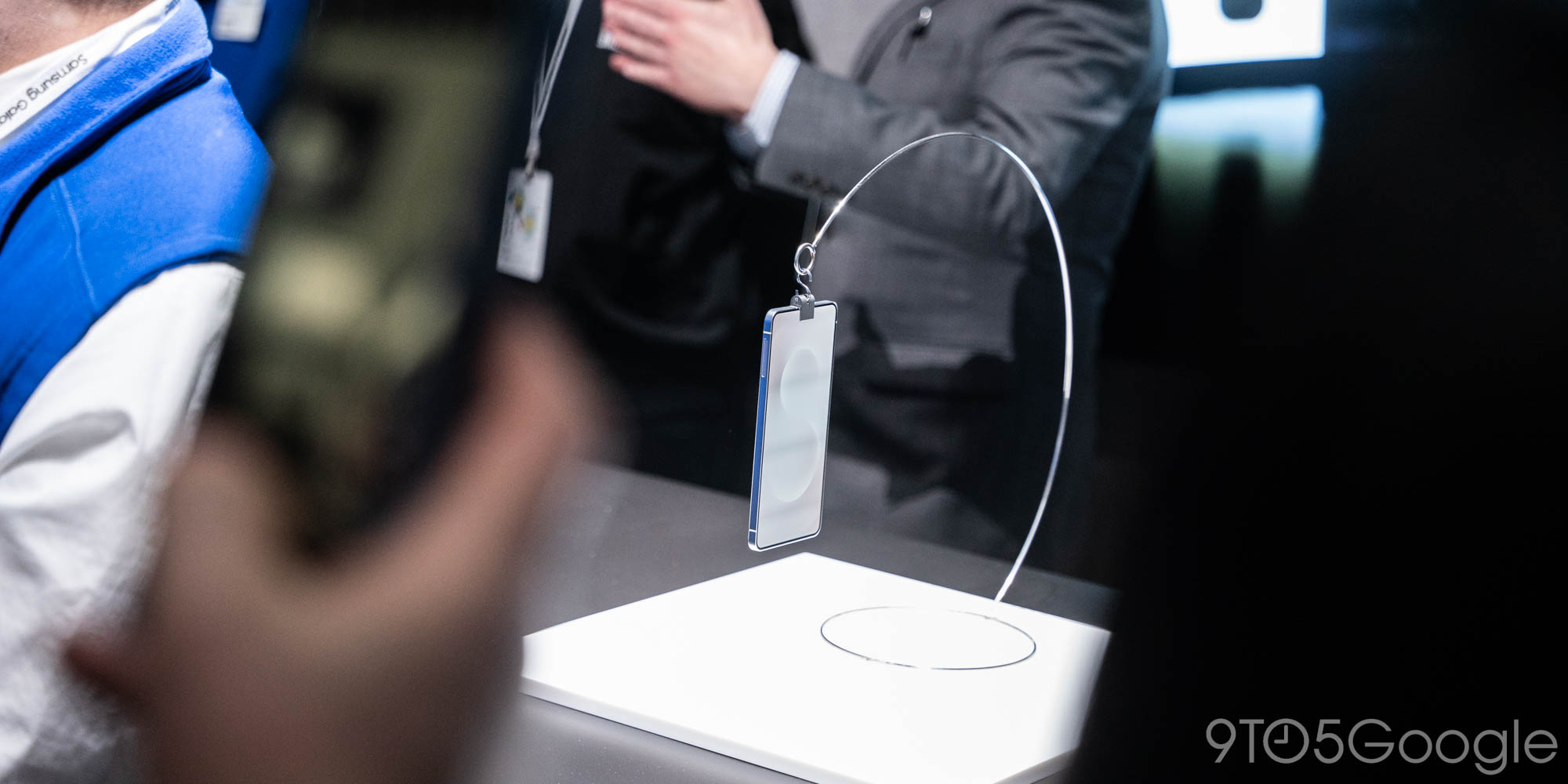
The Great Smartphone Slim-Down of 2025: Who Actually Wants This?
The smartphone landscape of 2025 is shaping up to be dominated by a single, seemingly unwavering trend: the relentless pursuit of thinness. Manufacturers are pushing the boundaries of what’s physically possible, shaving millimeters off devices in a quest for the ultimate slim profile. But as the race to build the thinnest smartphone intensifies, a fundamental question arises: are we actually asking for this?
This trend is particularly noticeable in the foldable market, where early devices were often criticized for their bulky, unwieldy designs. The first generation of Galaxy Fold devices felt like carrying two smartphones fused together, a far cry from the sleek, pocketable experience consumers craved. In response, manufacturers have been diligently working to slim down their foldable offerings, with Honor leading the charge with its Magic V2 and V3. Now, Oppo has set a new benchmark with the Find N5, boasting an ultra-thin 8.93mm profile.
The motivation behind this push for thinner foldables is understandable. Reducing the bulkiness of these devices makes them more comfortable to carry and use, bridging the gap between a traditional smartphone and a more versatile foldable form factor. The goal is to make foldables feel "normal," less like a tech demo and more like a seamless, everyday device.
However, there’s a growing sense that we’ve reached the point of diminishing returns. While the initial slimming down of foldables was a significant improvement, the incremental gains in thinness are now becoming less noticeable in real-world usage. For example, while the Oppo Find N5 is undeniably thinner than the Pixel 9 Pro Fold, the difference is often negligible during day-to-day use. Is the pursuit of ultimate thinness truly worth the engineering effort and potential compromises?
The real question mark, however, lies with the push for thinner "normal" smartphones. The average smartphone thickness in 2025 hovers between 7mm and 8mm, a comfortable range that has been the standard for quite some time. But now, some brands are striving to break new ground with devices that dip below the 6mm threshold. The rationale behind this obsession with thinness is less clear.
Sure, a razor-thin smartphone might impress with its sleek aesthetics and futuristic appeal. But this pursuit of thinness often comes at a significant cost, particularly in terms of battery life. The rumored Galaxy S25 Edge, for example, is expected to be a mere 5.84mm thick, making it significantly thinner than other models in the Galaxy S25 series. However, this ultra-slim design reportedly necessitates a smaller 3,900 mAh battery, a substantial decrease compared to Samsung’s other flagship devices.
This trade-off raises a critical question: are consumers willing to sacrifice battery life for a marginally thinner device? In a world where smartphone users increasingly rely on their devices for extended periods, a smaller battery can be a major deal-breaker. While Tecno is reportedly exploring new battery technologies to address this issue in their "Spark Slim" concept, it remains to be seen whether these advancements can overcome the inherent limitations of ultra-thin designs.
Beyond battery life, there are also concerns about the durability of ultra-thin smartphones. Shaving millimeters off a device’s thickness inevitably compromises its structural integrity, making it more susceptible to bending, cracking, and other forms of damage. In a market where durability is a key consideration for many consumers, the potential for increased fragility could be a major drawback.
So, why are manufacturers so determined to make smartphones thinner, even at the expense of battery life and durability? The obvious answer is Apple. The rumored "iPhone 17 Air" is expected to launch later this year with a profile as thin as 5.5mm at its thinnest point. Apple’s relentless pursuit of sleek design has often set the tone for the entire industry, and it appears that the race to build the thinnest smartphone is no exception.
However, even if Apple is driving the trend, it’s worth questioning whether consumers are genuinely clamoring for ultra-thin devices. Apple’s existing smartphones are already remarkably thin, and while a further reduction in thickness might be visually impressive, it’s unclear whether the benefits outweigh the potential downsides. Are consumers truly willing to sacrifice battery life, durability, and other essential features for a device that’s marginally thinner than its predecessors?
Ultimately, the answer to this question will determine the future of smartphone design. If consumers embrace the ultra-thin trend, manufacturers will continue to push the boundaries of what’s physically possible. But if consumers prioritize battery life, durability, and other practical considerations, the industry may need to reconsider its obsession with thinness.
The question is, do you actually want an ultra-thin smartphone? Is it worth the potential trade-offs in battery life and durability? Or are we simply chasing a trend that ultimately detracts from the overall user experience? Let’s talk.
